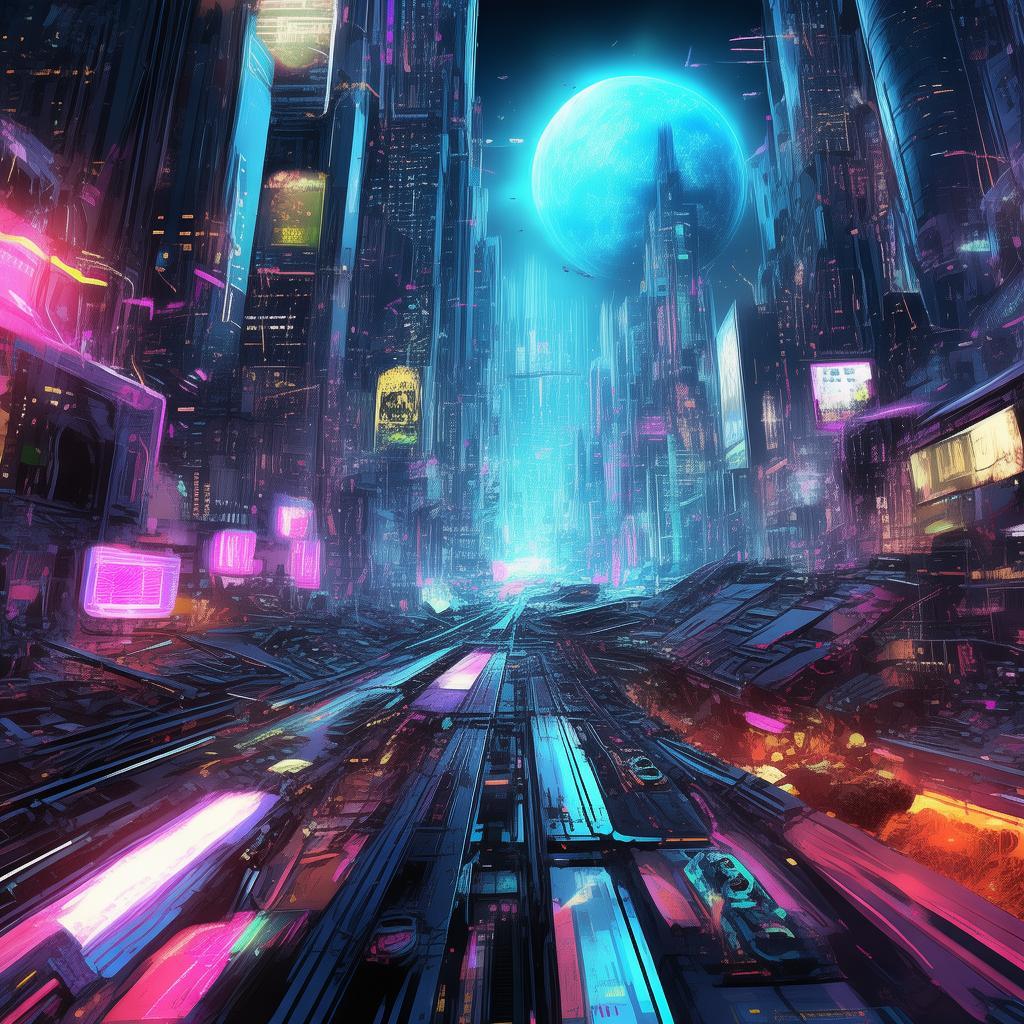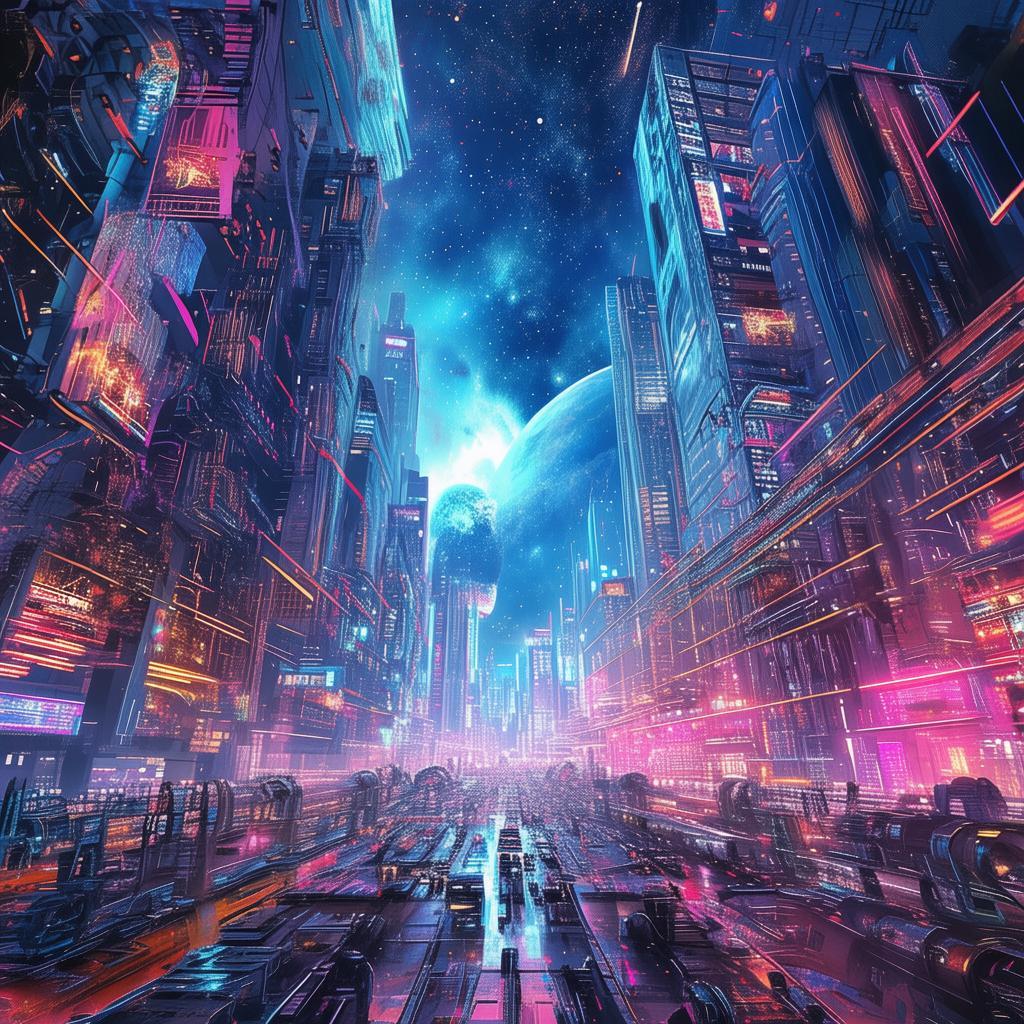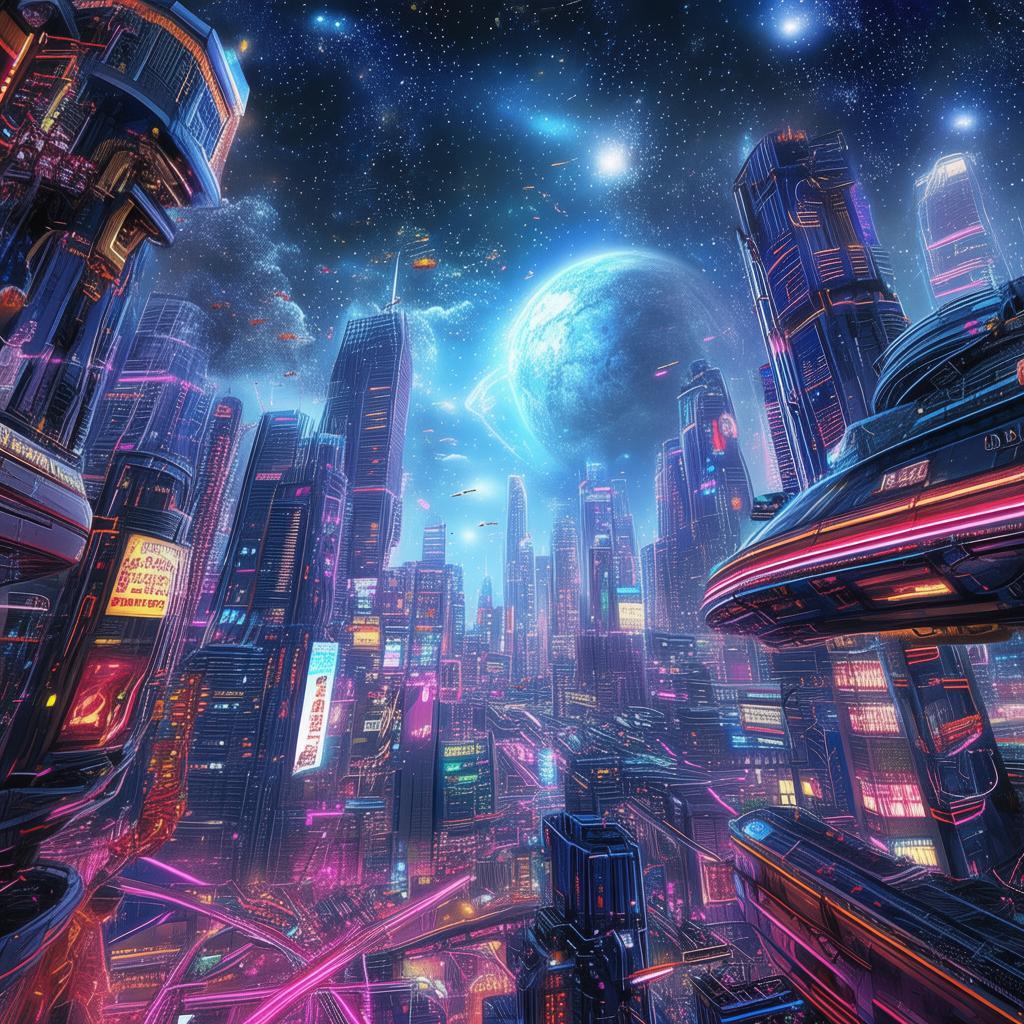The Martian Mania of Shrimp: A Race Against the Clock
In the year 2147, humanity had finally achieved the dream of interstellar travel. The Mars Exploration Program, known as M.E.P., was humanity's first attempt to establish a permanent human colony on the red planet. The M.E.P. had been years in the making, with a diverse team of scientists, engineers, and support staff. Among them was Dr. Elara Voss, a marine biologist, whose expertise in aquatic life was crucial to the mission.
The colony was situated in a vast dome, self-sustaining and equipped with the latest technology. However, despite the advanced infrastructure, the crew was facing a severe challenge: their food supply was dwindling, and the only source of protein they had left was shrimp, brought from Earth. The crew had long since exhausted the colony's stores of Earth produce, and the Martian soil was barren of life.
Dr. Voss had been researching the possibility of cultivating shrimp in the Martian environment, but her experiments had been unsuccessful. The shrimp were surviving, but they were not reproducing. Desperate, she turned to the last hope: a rare strain of shrimp she had brought with her from Earth, which was known for its resilience and ability to thrive in a wide range of conditions.
One evening, while examining the shrimp tanks, Dr. Voss noticed something odd. A single shrimp had begun to exhibit behaviors she had never seen before. It would swim in erratic patterns, stop suddenly, and then shoot out a jet of water from its tail. She was baffled until she noticed a faint blue light emanating from the tank's base.
Curiosity piqued, she brought in her team—Dr. Marcus Chen, the mission's chief scientist, and Kira Patel, the colony's engineer. They quickly deduced that the shrimp had stumbled upon a previously unknown energy source, likely a form of Martian algae that had been emitting the blue light.
"We have to test it," Dr. Voss exclaimed, her eyes wide with excitement. "If this is what we think it is, it could be the key to our survival. Not just for the shrimp, but for all of us."

Marcus and Kira nodded in agreement. They knew the stakes were high. If the shrimp could be made to thrive on the Martian algae, it could provide a sustainable food source for the colony. The potential for this discovery to change the course of human history was enormous.
The next morning, they set up a series of experiments. They fed the shrimp the algae, monitored their growth, and measured their survival rates. To their astonishment, the shrimp began to thrive. Their growth rates were exponential, and they started reproducing at an unprecedented rate.
As the experiments continued, the team noticed something even more remarkable. The shrimp were not only surviving but also thriving in the Martian environment. They were using the algae's energy to generate a powerful bioluminescence, which illuminated the tanks with a soft, eerie glow.
The implications were staggering. If they could harness this energy, they could potentially power the entire colony. But there was a catch. The shrimp were producing the bioluminescence at a cost. The more energy they generated, the more their bodies began to deteriorate. It was a delicate balance between survival and the health of the shrimp.
The team was divided. Dr. Voss argued that they should continue to experiment, that the potential benefits outweighed the risks. Marcus, however, was cautious. "We don't know what the long-term effects of this energy source are," he said. "We could be creating more problems than we're solving."
Kira, ever the pragmatist, interjected. "The colony is running out of options. If we don't do something, we won't survive another year. We have to weigh the risks and move forward."
The decision was made. They would continue the experiments, but they would also begin developing a way to harness the shrimp's bioluminescence for the colony's power needs. It was a risky move, but it was the only way they could ensure the survival of the colony and the crew.
As the experiments progressed, the shrimp became a symbol of hope for the colony. The crew named them "The Luminaries," and they became the focus of the mission. The colony's morale began to rise as they saw the potential of their discovery.
One day, while examining the shrimp tanks, Dr. Voss noticed a new development. The shrimp were beginning to communicate with each other through their bioluminescence. It was a language, a form of energy-based communication that was completely new to humanity.
The team was both fascinated and apprehensive. They knew that understanding this language could be crucial to their survival, but they also feared that it might come with a cost. They had to be careful not to overstep their bounds and disrupt the shrimp's delicate ecosystem.
As they continued their research, the team discovered that the shrimp were not just a source of energy and sustenance; they were also a key to understanding the Martian environment. The shrimp's bioluminescence was a natural form of protection against the harsh Martian elements, and their communication allowed them to work together to survive in an environment that was alien to them.
The discovery of the shrimp's language was a turning point for the colony. It allowed the crew to understand the Martian landscape in a way they never had before. They learned to read the signs of the red planet, and they began to see the potential for a sustainable future.
However, as they delved deeper into their research, they uncovered a dark secret. The shrimp were not just a source of energy; they were also a source of power. The Martian algae was a powerful substance, and the shrimp were harnessing its energy to communicate with each other and with the Martian environment.
The team realized that the shrimp were not just a part of the Martian ecosystem; they were the ecosystem. The shrimp's bioluminescence was a form of life force, a connection to the very essence of the Martian soil. They were the key to unlocking the planet's secrets and potential.
As they continued their research, the team faced a new challenge. The shrimp's energy levels were beginning to decline, and they were struggling to maintain their bioluminescence. The team knew that they had to find a way to sustain the shrimp's energy levels or risk losing everything they had gained.
In a race against the clock, the team worked tirelessly to develop a new type of algae that could provide the shrimp with the energy they needed to survive. They isolated a strain of the Martian algae that was more potent and efficient, and they began to cultivate it in the colony's bioreactors.
As the new algae took root, the shrimp's energy levels began to rise. Their bioluminescence grew brighter, and their communication became clearer. The team could now understand the shrimp's language, and they began to learn from them.
The shrimp revealed to the team that the Martian soil was alive, that it was a living organism, and that the shrimp were its caretakers. They explained that the Martian soil had been in a state of hibernation for millions of years, waiting for a species capable of understanding and nurturing it.
The team was humbled by the shrimp's revelation. They realized that they were not just explorers; they were caretakers, too. They had a responsibility to protect the Martian soil and to ensure that the shrimp's legacy would continue.
As the days turned into weeks, the team worked tirelessly to integrate the shrimp's knowledge into their mission. They began to cultivate the Martian algae in larger quantities, and they began to use the shrimp's bioluminescence to power the colony's systems.
The colony's future looked brighter than ever before. The team had not only found a way to sustain themselves but also to protect the Martian soil and its inhabitants. They had become a part of the Martian ecosystem, and they were committed to ensuring its survival.
One evening, as the team gathered to celebrate their success, Dr. Voss looked around at her colleagues. "We have done something incredible," she said. "We have learned to live with the Martian soil, and we have become a part of its story."
The team nodded in agreement, their faces illuminated by the soft glow of the shrimp's bioluminescence. They had not only survived on Mars but had also thrived, thanks to the unlikely partnership with the shrimp.
As they looked out over the Martian landscape, they knew that their journey was far from over. There was still much to learn, and much to protect. But they were ready. They were the Luminaries, and they were committed to ensuring the survival of the Martian soil and its inhabitants.
The Martian Mania of Shrimp had not only provided them with the means to survive but had also given them a new purpose. They were now part of a greater story, one that would be told for generations to come.
✨ Original Statement ✨
All articles published on this website (including but not limited to text, images, videos, and other content) are original or authorized for reposting and are protected by relevant laws. Without the explicit written permission of this website, no individual or organization may copy, modify, repost, or use the content for commercial purposes.
If you need to quote or cooperate, please contact this site for authorization. We reserve the right to pursue legal responsibility for any unauthorized use.
Hereby declared.









